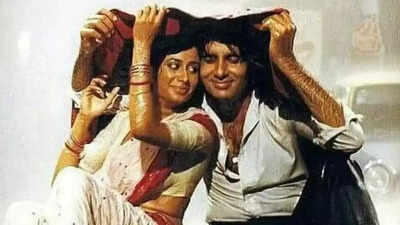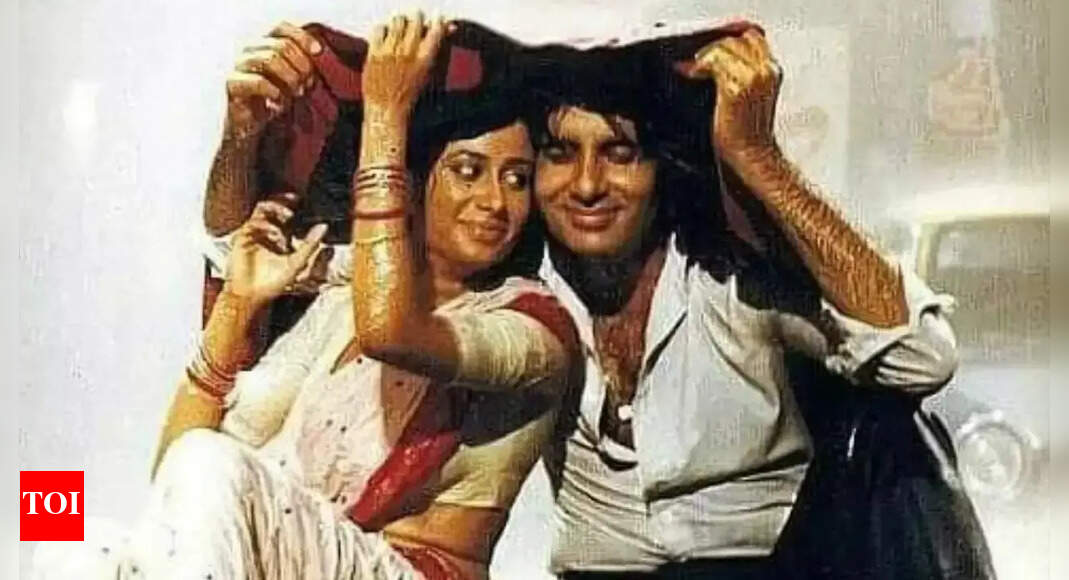 Few actors have mirrored truth on screen as fearlessly as Smita Patil. Intense, grounded, and unapologetically original, she was unlike anyone else in an era obsessed with glamour. Yet behind her quiet confidence was an artist constantly battling the fear that the glitter of commercial cinema might one day drown out her authenticity.The 1970s marked a divide in Hindi cinema — one side dazzled with escapist spectacle, while the other mirrored real life and human complexity. Smita became the unmistakable face of this new realism. Through films like Nishant, Manthan, and Bhumika, she portrayed women who were layered, introspective, and defiant — characters that felt alive, not decorative.
Few actors have mirrored truth on screen as fearlessly as Smita Patil. Intense, grounded, and unapologetically original, she was unlike anyone else in an era obsessed with glamour. Yet behind her quiet confidence was an artist constantly battling the fear that the glitter of commercial cinema might one day drown out her authenticity.The 1970s marked a divide in Hindi cinema — one side dazzled with escapist spectacle, while the other mirrored real life and human complexity. Smita became the unmistakable face of this new realism. Through films like Nishant, Manthan, and Bhumika, she portrayed women who were layered, introspective, and defiant — characters that felt alive, not decorative.
Amitabh Bachchan Gifts Rs 10,000 To Staff On Diwali, Fans Give Mixed Reactions!
While often mentioned in the same breath as Shabana Azmi, Smita’s journey was more cautious — she was constantly trying to balance artistic purity with industry expectations. In an old interview with Mathrubhumi.com, she confessed, “I thought maybe, once in a while, a commercial film would be nice, but it is hard not to be sucked into commercial cinema once you are in the Hindi film industry.” Those words would later echo her own struggle.As time passed, Smita’s ideals began to clash with the reality of show business. “It’s hard to find good directors, everyone wants a new face. I just hope I don’t get used in commercial films because that would be the end of Smita Patil,” she had said — a warning that proved all too true when she eventually ventured into mainstream hits like Shakti and Namak Halaal.One of her most iconic moments came in Namak Halaal — the rain-soaked song Aaj Rapat Jaaye. But despite its popularity, the sequence left her uneasy. Amitabh Bachchan once revealed that Smita wasn’t comfortable doing it. “That kind of cinema, she said, did not reflect her spirit,” he recalled. Years later, Smita herself admitted she felt disheartened when audiences remembered her for Namak Halaal instead of her more powerful, meaningful performances.

